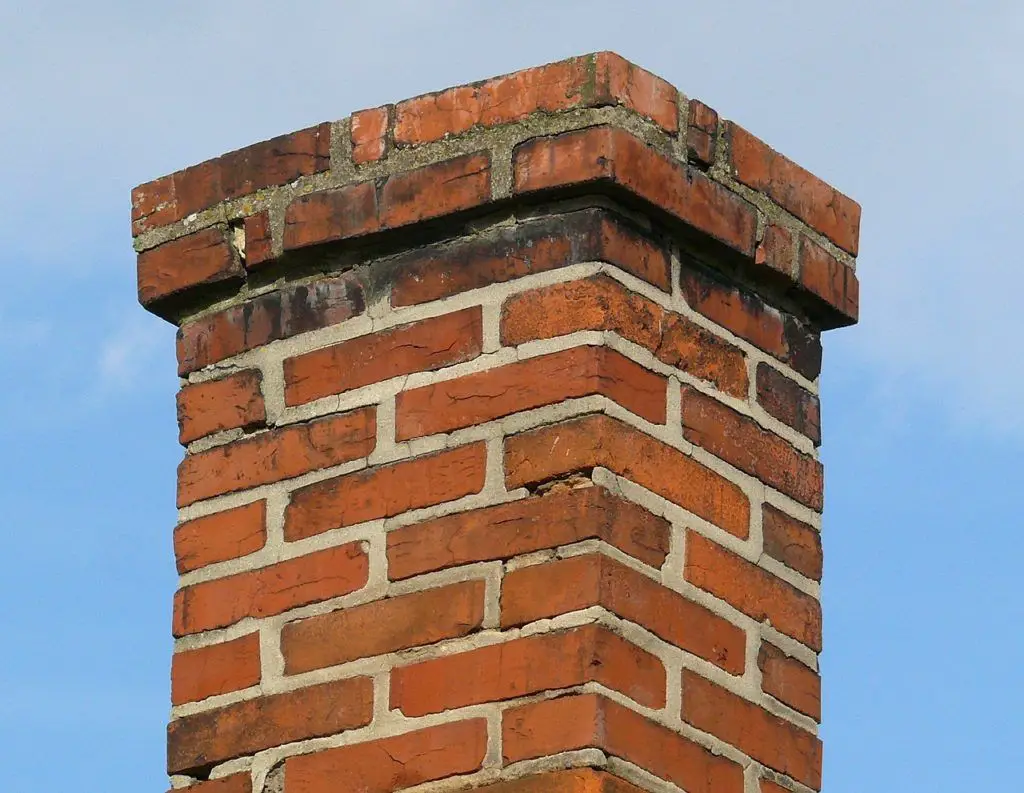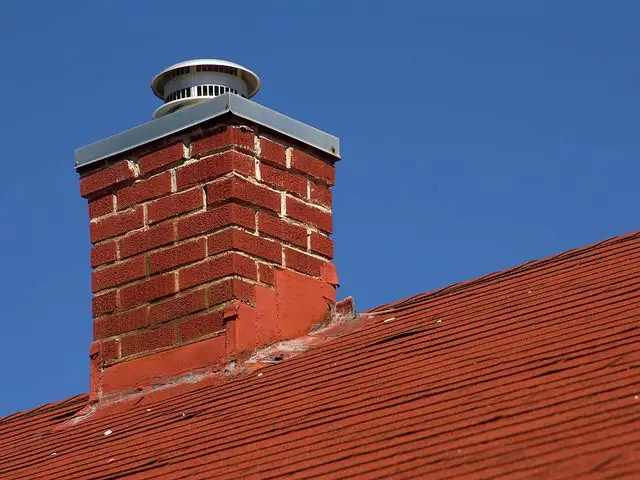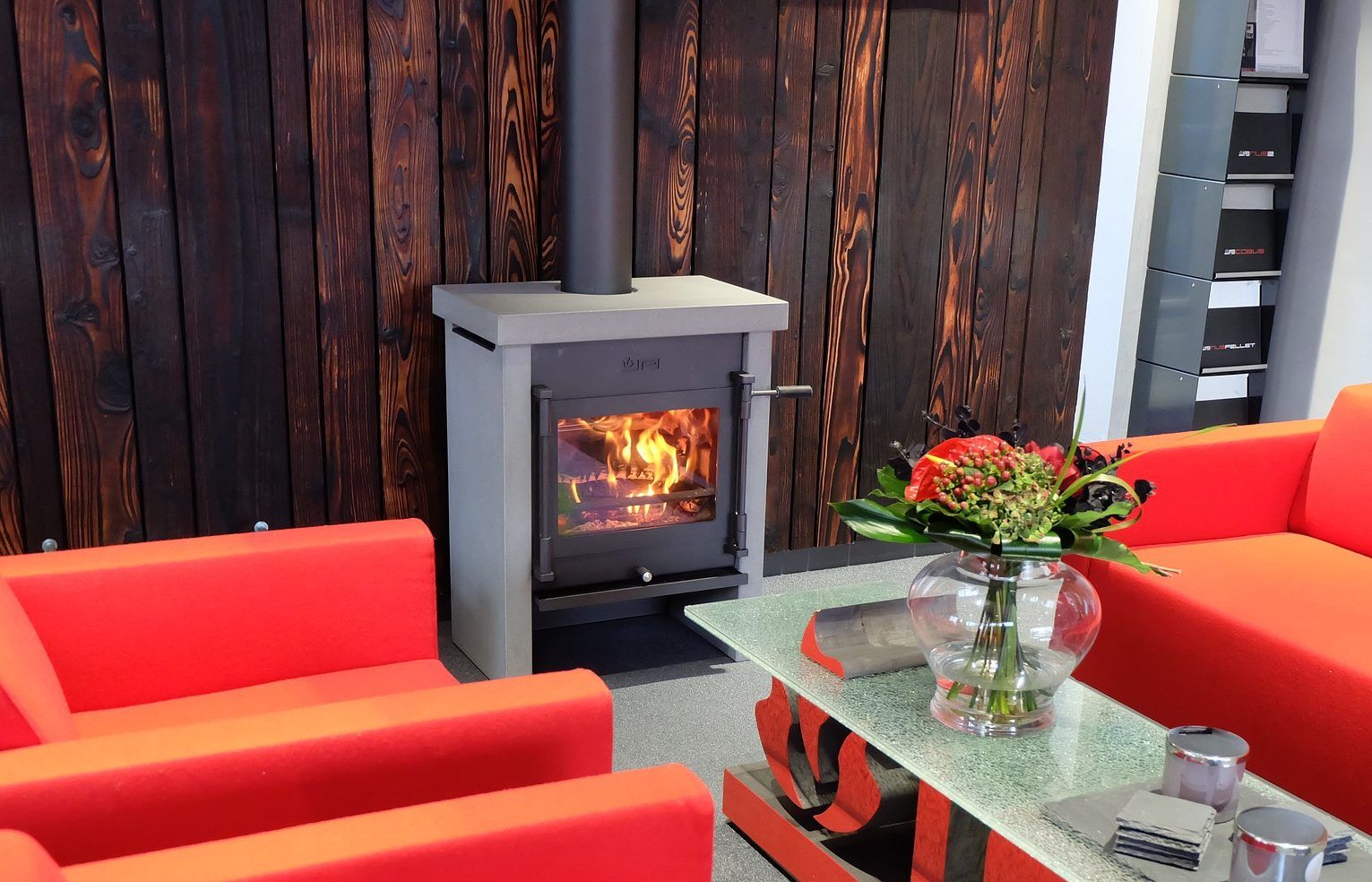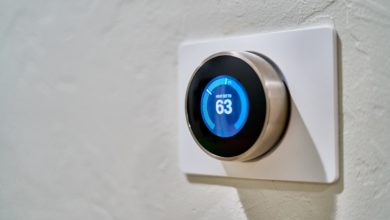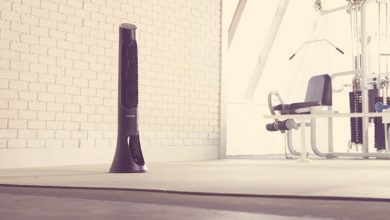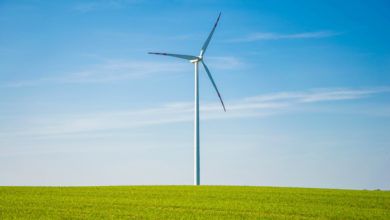A chimney is a channel or a pipe, which is often integrated into a building and is used for transferring flue gasses or smoke from furnaces or fireplaces, stoves, or boilers to the outside.
If you’re building a home or remodeling, you might consider having a fireplace somewhere in there to warm yourself while you read into the cold night.
As lovely as having a chimney is, there are still some hazards that should be prevented against. This is the more reason it is important to only work with a professional.
Not all chimney types are ideal for all homes. Therefore, it is essential to carry out your research, another reason to deal with a professional, and decide on which works best.
The following are types of chimneys and we have analyzed each to help you get a better understanding of their suitability.
Masonry Chimneys
Whenever you hear the word chimney, it is this type that will most likely pop up in your head. It is the old standard type of chimney built with blocks, bricks, or stone. The fireplace that accompanies this chimney is the regular indented wall where logs of wood are set on fire.
The smoke rises through the channel that passes upwards through the roof and lets out the smoke and some heat into the atmosphere.
Some of the heat generated from the burning log seeps into the living area to keep the space warm.
With proper maintenance, these types of chimneys will last as long as your building. Equipped with the right accessories and regular cleaning, you don’t have any reason for repeated repair.
One interesting aspect of this chimney is the fact that the bricks used in its construction absorb heat which subsequently radiates to other rooms.
The aesthetic value this type of fireplace gives your space is incredible and it also boosts the resale value; especially if it is one of those tastefully constructed types.
On the flip side, the masonry chimney has some minor negatives:
- You must have a concrete foundation to have this type of chimney constructed. This is so because a typical masonry chimney weighs around 6 to 7 tons.
- It is expensive to build and only a professional can build one right as it is quite tricky to implement when compared with its factory-built counterpart.
- Even though they are built into the wall, they still require some space. You need to provide sufficient clearance from combustible materials to avoid a fire hazard.
Factory-built or Prefabricated Chimneys
This is a modern-day chimney design and it is what you will find in most new homes and they have innovatively designed fireplace. Their fireplace is a firebox fabricated from sheet metals.
You can now choose from the many chimney designs made out of metals and some other materials. These chimneys are manufactured in factories and are taken to the building they need to be installed for assembly.
These prefabricated fireplaces have specific chimneys they work with. To ensure you get the right match, you have to check the specifications indicated in the user manual. Or better still purchase the chimney and the fireplace as a set.
This way, matching the correct fireplace and chimney, you can rest assured that your chimney system would not only work perfectly but safely too.
Factory-built chimneys are your best bet if you want a chimney built to suit your home and one that won’t cost you a fortune.
They are easy to install but it is advisable that you get a professional to do the installation. Better still, you can pay for installation along with buying the chimney system so that an expert from the manufacturing company will fit it for you.
This type of chimney gives homeowners more freedom for creative designs as the clearance requirement between the fireplace and combustible materials for prefab chimneys are not as much as that of masonry chimneys.
One downside of prefabricated chimneys is durability. They often can’t last a lifetime enduring a high level of heat like the masonry variant. You would also have to carry out regular maintenance as the parts start aging.
Not all prefab fireplaces can use the same type of chimney. There are different types of factory-built chimneys you can choose from and they are as follows:
- Air-cooled Chimneys – These are chimneys that have multiple layers of metal with air flowing between them. As heat rises through the chimney, the air behind the metal absorbs it and subsequently dissipates the heat
- Double-wall Chimneys – This type has double/twin layers of metal, often stainless steel. The material used for insulation is then placed in between these two metals. To better understand this, just imagine a stainless-steel cylinder inside a bigger one and the space between them packed full of insulation
- Air-insulated Chimneys – Designed like the air-cooled type, this chimney is made with one major difference: It’s built to minimize air movement. That way, the air trapped or held between its layers provides insulation rather than dissipating the heat
- Combinations – These are chimneys that simply combine the main design elements from the other types of chimneys
Wood Burning Stoves
This chimney type is kind of ancient. In fact, 1800s kind of ancient. As the name implies, it also burns wood for heat and it has a door which makes it essentially a furnace. It has a stove pipe that rises from its base.
It is important that this chimney type isn’t confused with the masonry type as you cannot just direct the stove pipe through the roof.
The way this type works is that a chimney, whether that is the masonry type or the prefab type, has to be built around the stove pipe to ensure the needed heat transfer.
This chimney is making a gradual comeback in recent times. That is particularly due to the fact that energy cost is on the rise.
And as you must have noticed, we do everything we can to help you reduce that cost to the barest minimum.
This type is particularly effective at heating your homes. It can be combined with masonry or prefab chimneys, giving homeowners more design options and a cost-effective means of heating.
It is important to note that when combining with prefab chimneys, you must match the right chimney type based on the specifications in the user manual.
With the wood burning stove, you can enjoy the pleasure that comes with a traditional fireplace without the heavy cost of building a masonry chimney. However, one major of its major disadvantages is that it cannot serve its purpose on its own without being combined with another type of chimney.
Now you’ve got a good idea of chimneys. You can now confidently decide which type will be most suitable for you. Whether you’re building a new home or redesigning an existing one, this will surely point you in the right direction.

